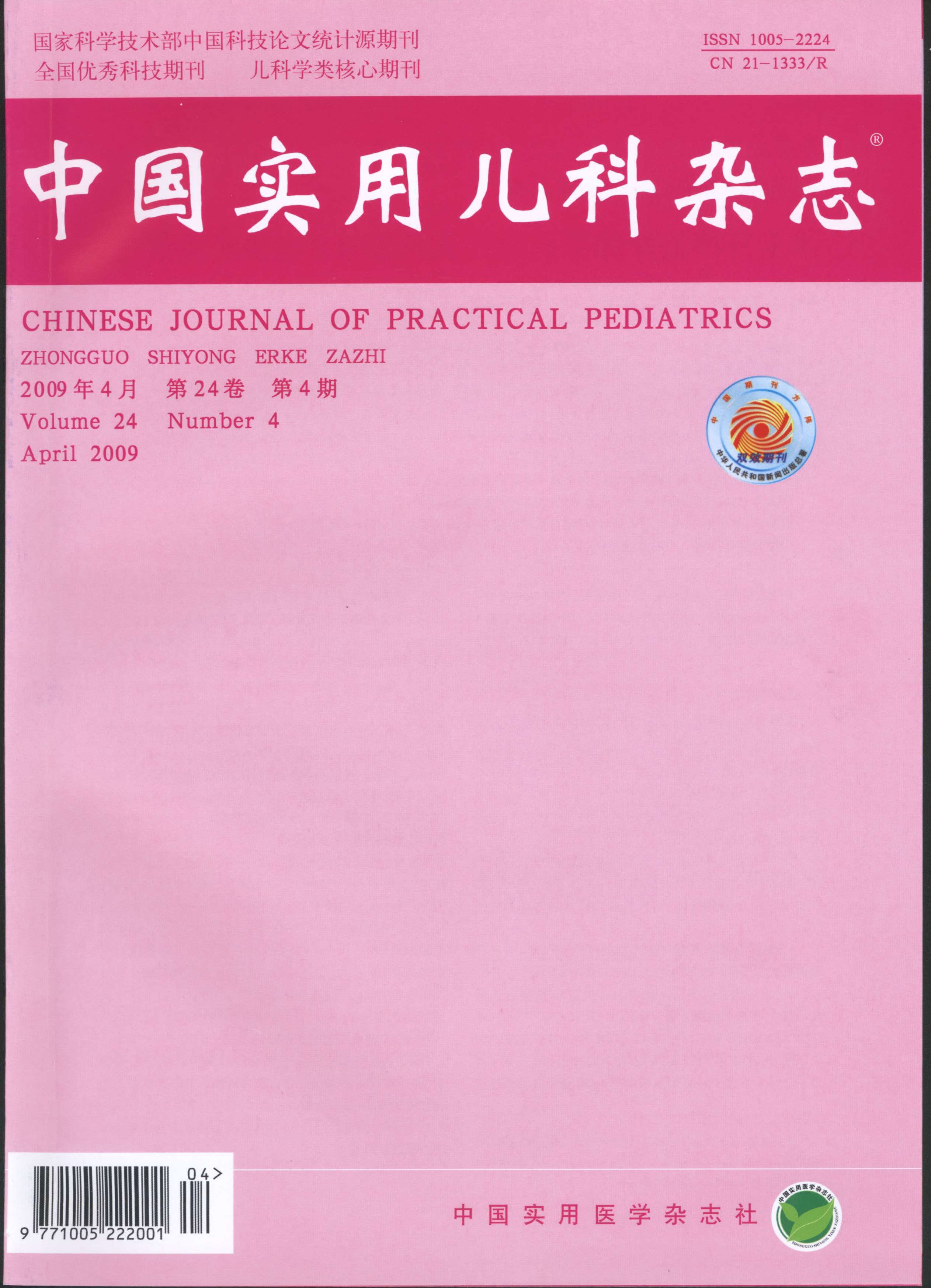Objectives To study the efficacy of budesonide inhalation suspension (BIS) nebulization in cough variant asthma (CVA) patients aged 5 years or younger. Methods In an open-label, multicenter, non-interventional study, 903 CVA patients aged 5 years or younger ( male: 536, female: 367, mean age 2.8±1.2a) were recruited and prescribed for BIS(1~2mg/d for 7 weeks).There were 5 visits during the study. Changes of symptom scores,bronchodilator usage, compliace and disease control level were analized after treatment. Results The withdraw rate was 8.97% (81/903) . About 42.64% of the total 903 patients were with at least one other allergic disease, such as allergic rhinitis, allergic dermatitis and allergic conjunctivitis. After 7-week BIS nebulization, the total symptom score ( 4.0 at week 1 vs 0.5 at week 7), daytime symptom score (2.4 at week 1 vs 0.3 at week 7), nocturnal symptom score ( 1.5 at week 1 vs 0.2 at week 7) decreased significantly in CVA children (P < 0.001,respectively). The ratio of CVA children who had used brochodilator for symptom relief decreased significantly (39.42% at week 1 vs 2.99% at week 7, P < 0.001). The median number of days for as-needed bronchodilator usage at week 1 was 5.8 days, while at the end of the study it reduced to 3.9 days. At week 7, 87.49% of children still had good compliance. In CVA children, the effective control rate increased (34% at screening vs 89.92% at week 7, P < 0.001). No spontaneous adverse events were reported. Conclusion BIS nebulization improves the symptom scores and reduces as-needed bronchodilator usage with good compliance and safety profile in young children with CVA.

